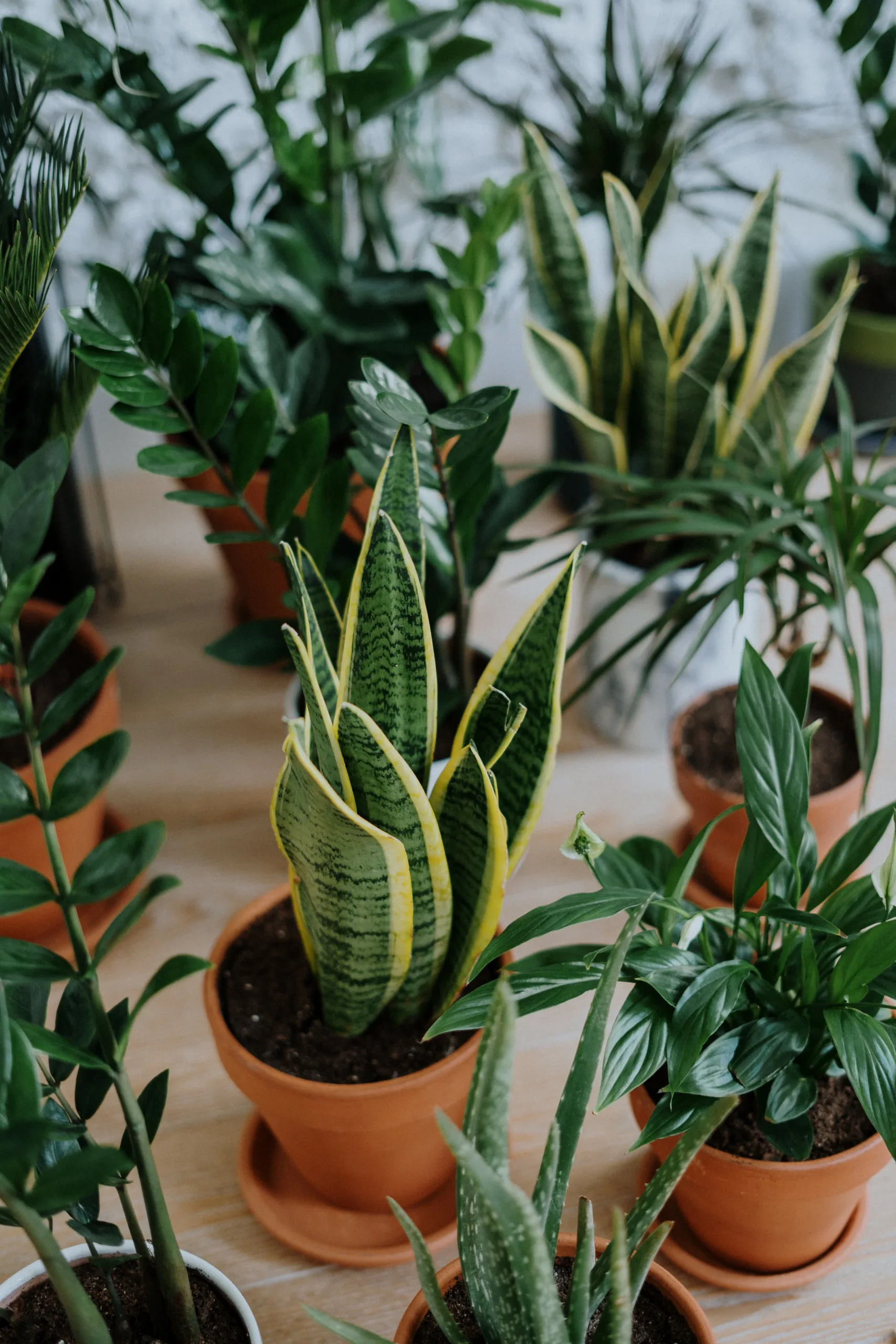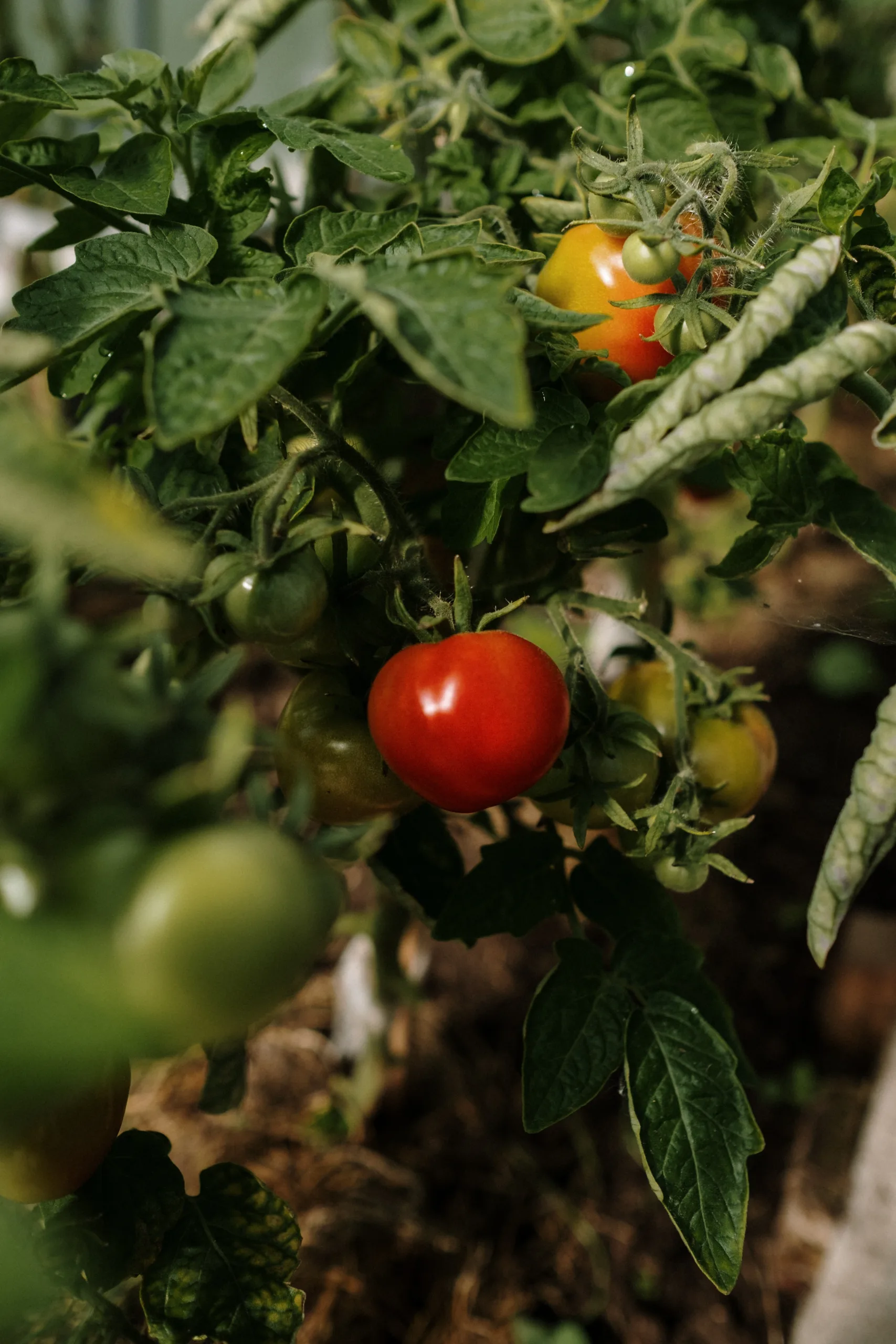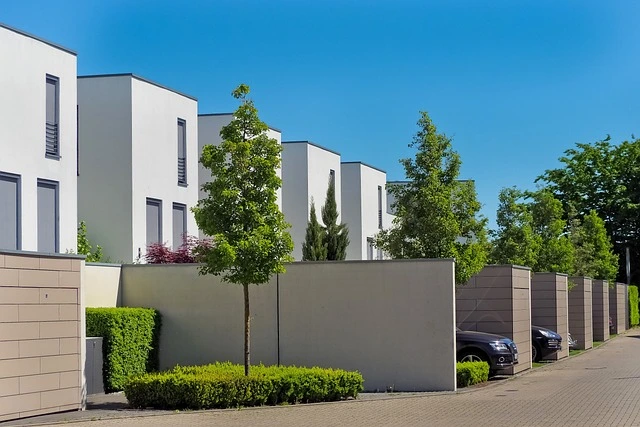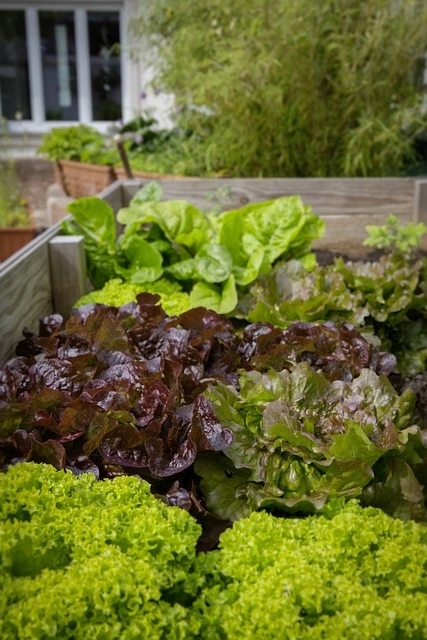We will check out all the aspects of Urban Gardening along with its beauty, benefits, types and the innovative technologies used. We have also included few related videos. Stay tuned !
Let’s start with one of my favorite quote on gardening.

In big cities where there are lots of tall buildings and busy roads, something special is happening. People are starting to do urban gardening, which means growing plants in the city. This is a good way to help with problems that cities have. They do things like make gardens on top of buildings and in community spaces. This is making cities better and helping people feel closer to nature.
The Rise of Urban Gardening

Types of Urban Gardening
Urban gardening can happen in many ways, each designed to fit in with city life. These ways let people enjoy nature, grow their own food, and make small green areas in the city. Here are some usual types of urban gardening:
1. Rooftop Gardens:
Rooftop gardens are a common option for urban gardening, especially in busy places where there’s not much room on the ground. These gardens are made on top of buildings, like homes and offices. They’re great because they use space that wasn’t being used before. Rooftop gardens are helpful. They save energy by keeping places cooler, make the building a nice place to be, and make the air cleaner. These gardens can be small or big and have many different kinds of plants.
2. Vertical Gardens:
Vertical gardens, also called living walls or green walls, are a cool way to bring plants to cities. These gardens use walls and fences to grow plants up and down. They look nice and help clean the air and make the city cooler. Vertical gardens work great when there’s not much room on the ground, letting plants grow in a special way.
3. Container Gardening:
Container gardening is perfect for people in cities with not much space, like those who live in small apartments or houses. It means growing plants in different kinds of containers, like pots or buckets. You can even use things like old tires or wooden crates. Container gardens can go on balconies, windowsills, patios, or any flat area. With this kind of gardening, you can move the containers around to get the best sunlight and space.
4. Window Boxes and Balcony Gardens:
Boxes near windows and gardens on balconies are lovely ways to bring plants to city homes. These gardens are usually made in boxes or containers that go on windows or balconies. This lets people have a bit of nature close to their homes. Window boxes usually have pretty flowers and herbs. Balcony gardens can hold different types of plants, like small bushes or vegetables.
5. Community Gardens:
Community gardens are places where a bunch of people work together to grow plants on a piece of land. These gardens make neighbors feel like a team and help them work together. Community gardens are really important in cities where there might not be much green space. They let people grow their own healthy food, learn about gardening, and make friends with other gardeners. These gardens also help make sure there’s enough food and they’re good for learning things too.
6. Indoor Gardening:
Indoor gardening is a smart idea for people who don’t have a yard or live where the weather is tough. You grow plants inside, usually in pots near windows or under special lights. Indoor gardening lets you enjoy gardening all year, no matter if it’s sunny or rainy outside. People love to grow herbs, cute succulents, and houseplants indoors.
Each kind of city gardening gives people a special way to feel close to nature, make their surroundings better, and help the city stay strong. Whether you turn a rooftop into a garden, make a wall pretty with plants, or grow plants in pots inside an apartment, urban gardening lets people and groups make green spots even in busy cities.

The Benefits of Urban Gardening
The advantages of urban gardening extend far beyond the aesthetics of green spaces in the city. They contribute to various aspects of well-being, sustainability, and environmental resilience:
- Health and Well-being: When you do gardening in the city, it’s good for your body and mind. It makes you feel better and less stressed. Doing gardening can make you feel proud and calm. It also helps you feel connected to nature, which is important in busy cities.
- Local Produce and Food Security: By growing your own fruits and veggies, you’re making food close to home. This helps because food doesn’t have to travel far, so it’s better for the environment. It also makes sure there’s enough food for everyone.
- Environmental Resilience: Urban gardens are important to make cities cooler. They help stop the city from getting too hot compared to the areas around it. These green spots take sunlight and give shade, which makes the city cooler.
- Biodiversity and Habitat Creation: Gardens in the city give homes to small creatures like bees and birds. This is good because it makes the city more diverse and healthier. The gardens help make homes for these creatures and support the environment.
- Education and Empowerment: UUrban gardens aren’t just about plants. They also teach us stuff and make us feel strong. We can learn about taking care of the environment and do things that help it. Workshops, classes, and getting our hands dirty teach us how to do good things for nature and make the city better.

Challenges in Urban Gardening
While urban gardening brings numerous benefits, it is not without its challenges. Some of the hurdles faced by urban gardeners include:
- Limited Space: In the city, there’s not a lot of room for gardens. People have to think of smart ways to use small spaces, like growing plants upwards and using new methods.
- Resource Constraints: It’s hard to find enough water, sunlight, and good soil in crowded cities. People doing urban gardening have to find ways to take care of their plants even with these problems.
- Zoning and Regulations: Laws about gardening can be different in every city. Some places allow certain types of gardens and sizes. People have to know and follow these rules to have their gardens.
- Maintenance: Gardens in the city need attention all the time. But for people who are new to gardening and live busy lives, it can be tough to do all the gardening tasks.
- Soil Quality: Sometimes the soil in the city has bad stuff in it that can hurt plants and the food they make. People doing gardens have to make sure the soil is good and safe for their plants.

The Future of Urban Gardening
More and more people are joining the urban gardening trend, and it’s looking promising. People who plan cities and make rules are starting to see how important it is to have gardens in the city. They’re making plans to include gardens in the city’s design to make life better, help the environment, and make cities more sustainable.
Innovative Technologies in Urban Gardening
People are using clever machines to help with city gardening. There are special systems that don’t need much soil, like hydroponics and aquaponics. Also, smart watering systems are being used to save water while growing plants in the city. Technology is changing how we garden in cities!
1. Hydroponics:
Hydroponics is a cool way to grow plants without using soil. People like it a lot in city gardening. They put plants in water with good nutrients. They don’t need regular soil. There are easy systems and also more complicated ones. Hydroponics saves a lot of water and can fit in small city spots
2. Vertical Farming:
Vertical farming is a super cool idea. It stacks plants on top of each other in places like indoor gardens or greenhouses. It uses special ways to grow, like using water or mist instead of soil. This way, they can grow lots of food in a small space. This is great for busy cities where there’s not a lot of land.
3. Aquaponics:
Aquaponics is a smart way of growing plants and raising fish together. Fish make waste, and plants use that waste to grow. The plants also clean the water for the fish. It’s like a teamwork that helps both fish and plants grow well. This way of farming is good for the environment and helps people in cities have fresh food
4. Smart Irrigation Systems:
In cities, there’s not always enough water. So, using water wisely is important. Smart watering systems have sensors and computers that figure out how much water plants really need. This helps to avoid wasting water. Some systems can even be controlled using phones, so gardeners can water their plants at the right times.
5. LED Grow Lights:
If you have a garden indoors or a place with not much sunlight, LED grow lights are a big help. These lights give off certain types of light that plants need to grow. They’re like a low-energy replacement for sunlight. With LED grow lights, you can grow plants all year round, even inside your home.
6. Aeroponics:
Aeroponics is a way to grow plants without using soil, just like hydroponics. In aeroponics, plants are hung in the air, and their roots get sprayed with a mist that has nutrients. This helps them grow quickly and saves water, which is important in cities where water is limited.
7. Internet of Things (IoT):
The Internet of Things (IoT) is helping urban gardening with smart gardening tools. These tools have sensors that can check things like how wet the soil is, the temperature, humidity, and even how much sunlight plants are getting. These sensors send the information to a phone app, so gardeners can see and control their gardens from far away, making sure the plants grow well.
8. 3D Printing:
3D printing is now helping urban gardens by making custom plant holders, frames, and other garden things. Gardeners can make special, space-saving plant holders that fit just right in their space. This also makes gardens look nice by adding a special design touch.
9. Automated Plant Care Systems:
Automatic plant care systems do the important gardening tasks like watering, giving fertilizer, and providing light without needing you to guess. These systems use special sensors and timers to give plants the right conditions to grow well. This helps people in busy cities who may not have much time for gardening.
10. Soil Sensors and Analysis Tools
Having healthy soil is really important for good gardening. Soil sensors and tools that analyze the soil help city gardeners know if the soil is good. They can find out things like the soil’s quality, how much acid it has, and what nutrients are in it. With this information, gardeners can choose what to do to make the soil better for their plants.
Conclusion
Urban gardening is not just a fad; it’s like a big change that makes cities and nature closer. When we put small gardens in cities, we help communities and make things better for the environment and people’s health. As cities grow and the environment changes, urban gardening shows that we can make things better and stronger, even in the city.
FAQ’s:
Q. Why do people do urban gardening?
A. They contribute to various aspects of well-being, sustainability, and environmental resilience. Please refer section – The Benefits of Urban Gardening for complete information.
Q. What is the motivation for urban gardening?
A. People talked about how eating healthy food and being outside helps our health a lot. People who have gardens on their rooftops have a strong group, and they mostly talk to each other on social media. People who do gardening together also use social media to share what they know and what they have experienced.
Q. What is a famous quote about gardening?
A.“A garden is a grand teacher.It teaches patience and careful watchfulness; it teaches industry and thrift; above all it
Click here for Stories on -Best Indoor Plants For You Among Top 10